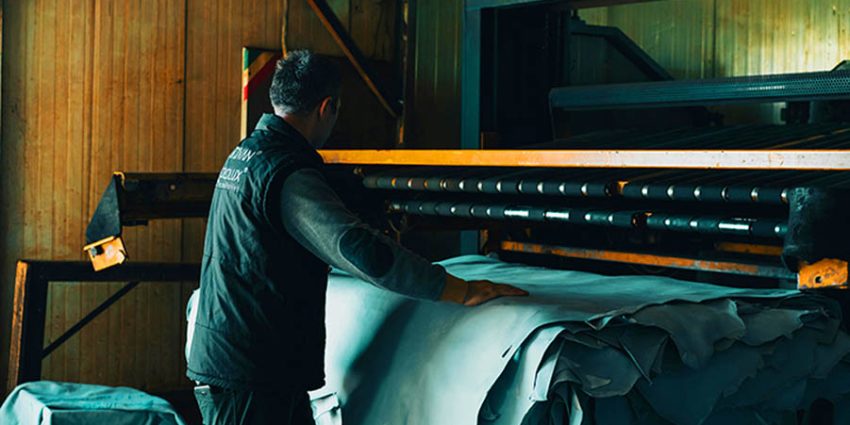A tool can be built from the finest materials, perfectly shaped, and designed for precision—but if it’s not calibrated correctly, none of that matters. Misalignment, uneven tension, or even the slightest imbalance can turn a reliable tool into a frustrating liability.
Leatherworking demands accuracy. A blade that drags instead of slicing cleanly. A punch that shifts just enough to throw off spacing. A press that applies uneven pressure. Small miscalculations lead to big mistakes. That’s where calibration comes in.
The Difference Between Precision and Frustration
An uncalibrated tool forces you to compensate. More pressure. Extra passes. Second-guessing every movement. Over time, that slows down work, creates inconsistencies, and wears out both tools and hands.
A well-calibrated tool does what it’s supposed to do—no struggle, no hesitation.
- A properly adjusted press delivers uniform force with every use.
- A tuned-up cutting tool glides through leather instead of dragging.
- A calibrated punch strikes exactly where it should, every time.
When the tool is dialed in, the work feels effortless.
Knowing When Calibration Is Off
Not every problem is obvious. Some tools slowly drift out of alignment, making it easy to miss the signs until mistakes pile up.
- Stitches look uneven, even though your spacing is correct.
- Cutting feels inconsistent, requiring more effort than it should.
- Stamps or punches leave faint impressions where they once made crisp, deep marks.
If a tool isn’t performing like it used to, chances are, it needs calibration—not replacement.
Fine-Tuning for Maximum Efficiency
Regular adjustments keep tools performing at their best. Fine-tuning might mean tightening screws, adjusting blade angles, or checking alignment guides. It’s about making sure everything moves the way it should—without resistance, without extra effort.
- Cutting tools should be sharpened and checked for correct blade positioning.
- Presses and punches need even pressure distribution to avoid weak or uneven results.
- Measuring tools should be checked against known standards to prevent gradual drift.
Calibration isn’t just about maintaining precision. It’s about keeping the workflow smooth, reducing strain, and ensuring every project meets the same high standard.
Conclusion
Even the best tool loses its edge if it’s not properly maintained. Precision isn’t just about the design—it’s about how the tool is adjusted, fine-tuned, and kept in perfect working order.
A well-calibrated tool isn’t just easier to use. It lasts longer, delivers better results, and turns craftsmanship into something seamless. When every movement counts, calibration isn’t an afterthought—it’s a necessity.

